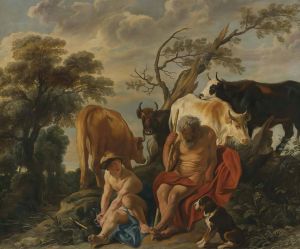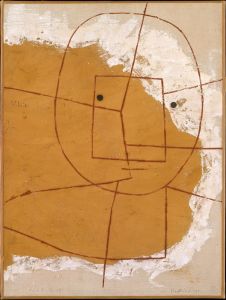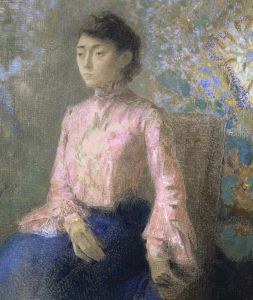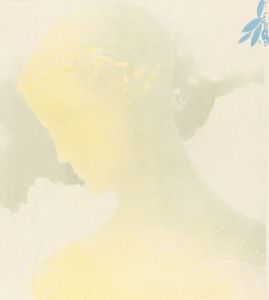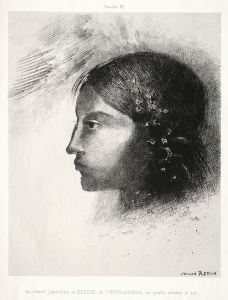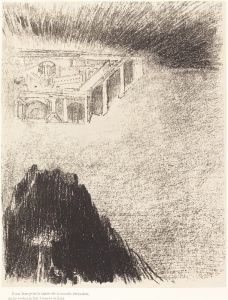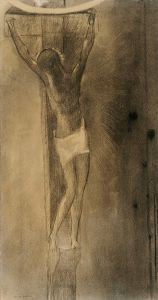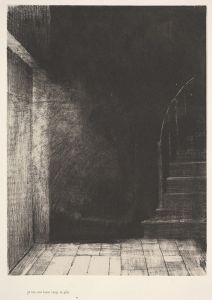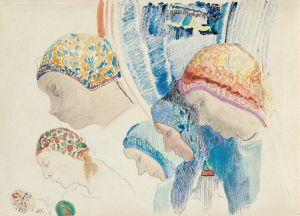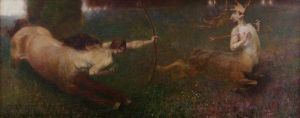
There Were Also Embryonic Beings
A hand-painted replica of Odilon Redon’s masterpiece There Were Also Embryonic Beings, meticulously crafted by professional artists to capture the true essence of the original. Each piece is created with museum-quality canvas and rare mineral pigments, carefully painted by experienced artists with delicate brushstrokes and rich, layered colors to perfectly recreate the texture of the original artwork. Unlike machine-printed reproductions, this hand-painted version brings the painting to life, infused with the artist’s emotions and skill in every stroke. Whether for personal collection or home decoration, it instantly elevates the artistic atmosphere of any space.
Odilon Redon, a prominent French symbolist artist, created the work "There Were Also Embryonic Beings" in 1883. Redon is renowned for his unique approach to art, often delving into the realms of dreams, imagination, and the subconscious. His works frequently feature fantastical and otherworldly subjects, and "There Were Also Embryonic Beings" is no exception.
This piece is a part of Redon's series of noirs, which are charcoal and lithographic works characterized by their monochromatic palette and mysterious, often eerie subject matter. The title itself, "There Were Also Embryonic Beings," suggests a focus on the nascent, the potential, and the mysterious beginnings of life. Redon's fascination with the embryonic and the primordial is evident in this work, as he explores themes of creation and the unknown.
In "There Were Also Embryonic Beings," Redon employs his signature style of blending realism with fantasy. The work depicts a series of embryonic forms, which appear to be in various stages of development. These forms are rendered with a delicate yet haunting quality, emphasizing their fragility and the sense of mystery surrounding their existence. The use of charcoal allows Redon to create a range of textures and tones, adding depth and dimension to the piece.
Redon's interest in science and natural history is reflected in this work. During the 19th century, there was a growing fascination with the natural sciences, including embryology and the study of life's origins. Redon, like many of his contemporaries, was influenced by these scientific advancements and incorporated them into his art. However, rather than presenting a straightforward scientific illustration, Redon imbues the subject with a sense of wonder and the fantastical, inviting viewers to ponder the mysteries of life and creation.
The piece is also indicative of Redon's broader artistic philosophy, which sought to transcend the visible world and explore the realms of imagination and emotion. He was influenced by the symbolist movement, which emphasized the expression of ideas and emotions over realistic representation. In "There Were Also Embryonic Beings," Redon captures the essence of this movement by creating a work that is both evocative and enigmatic, encouraging viewers to engage with the artwork on a deeper, more introspective level.
"There Were Also Embryonic Beings" is a testament to Redon's ability to blend the scientific with the mystical, the real with the imagined. It reflects his ongoing exploration of life's mysteries and his desire to capture the intangible aspects of existence. Today, Redon's work continues to captivate audiences with its dreamlike quality and profound sense of wonder, securing his place as a pivotal figure in the symbolist movement and the broader history of art.





